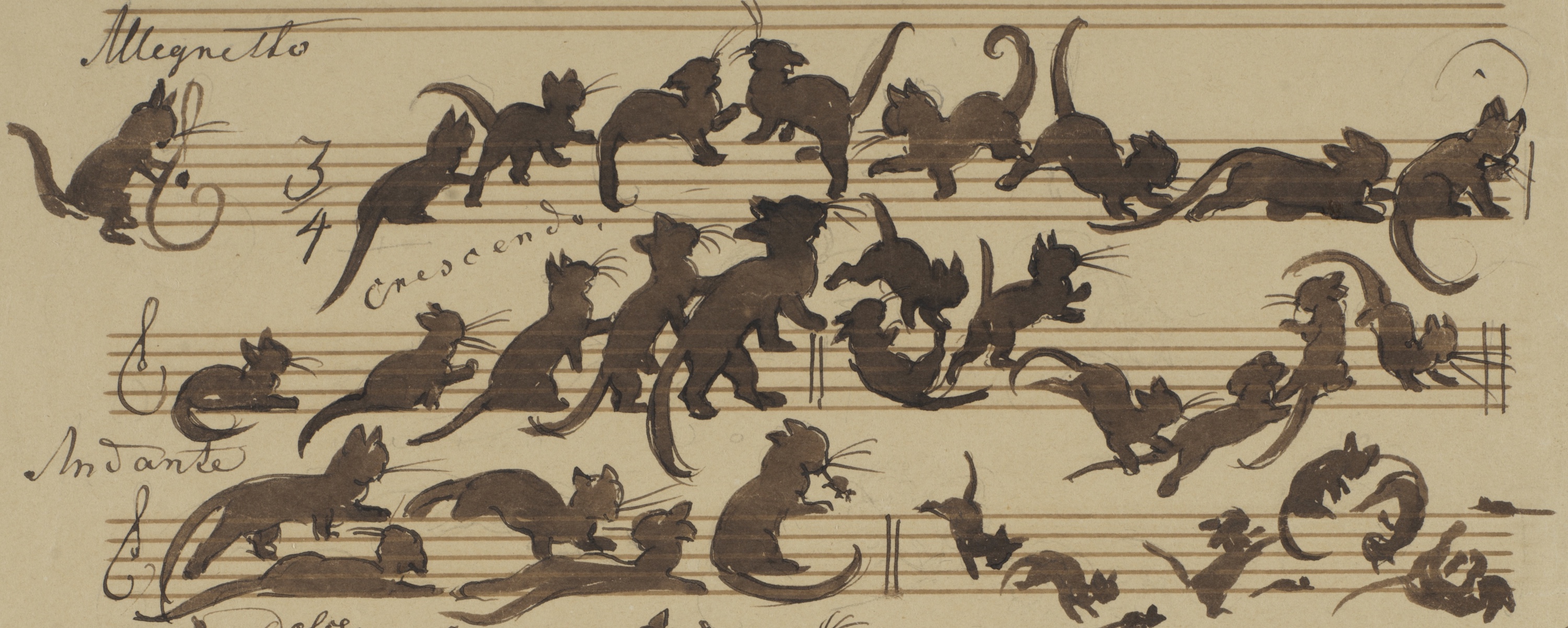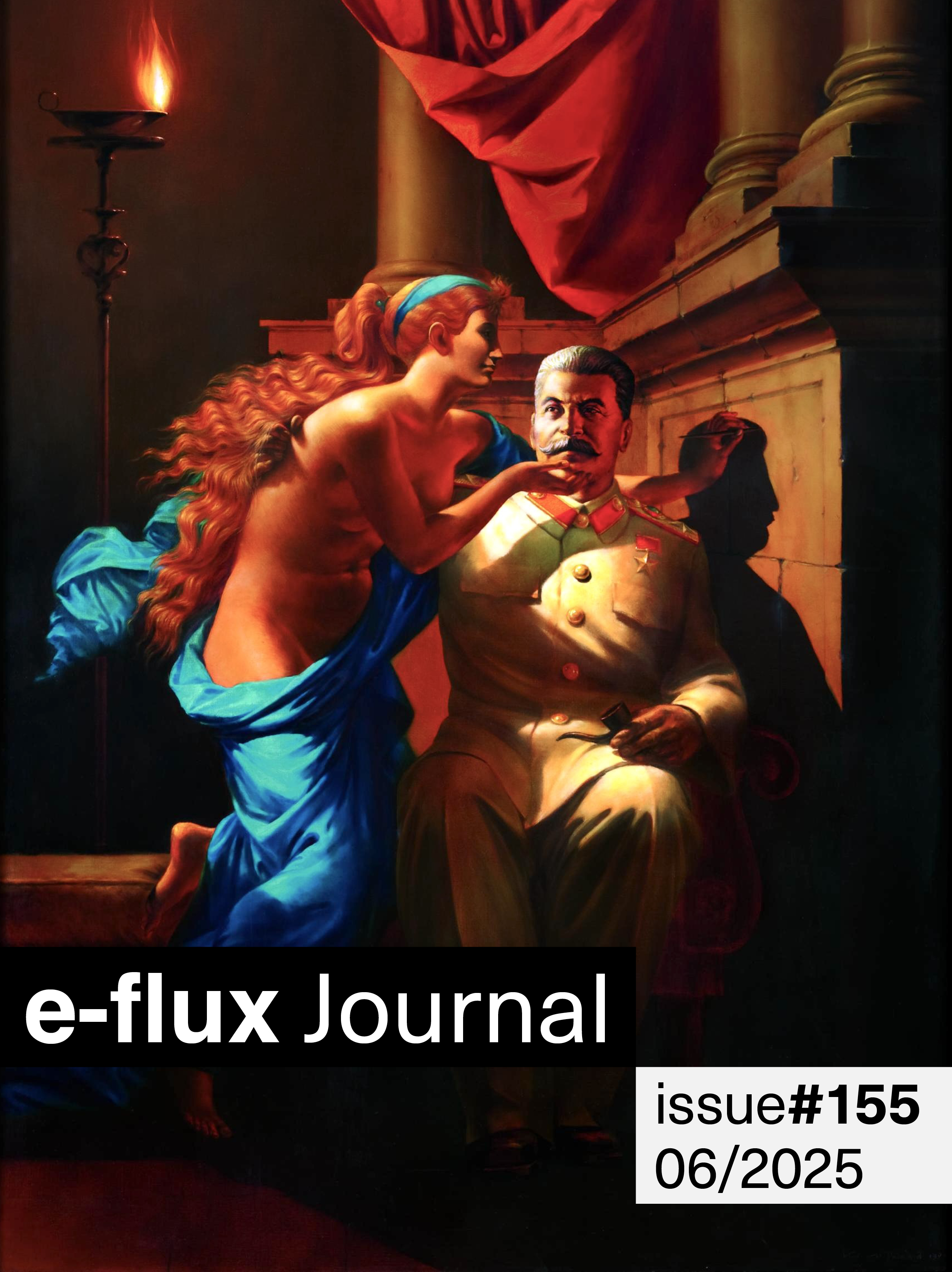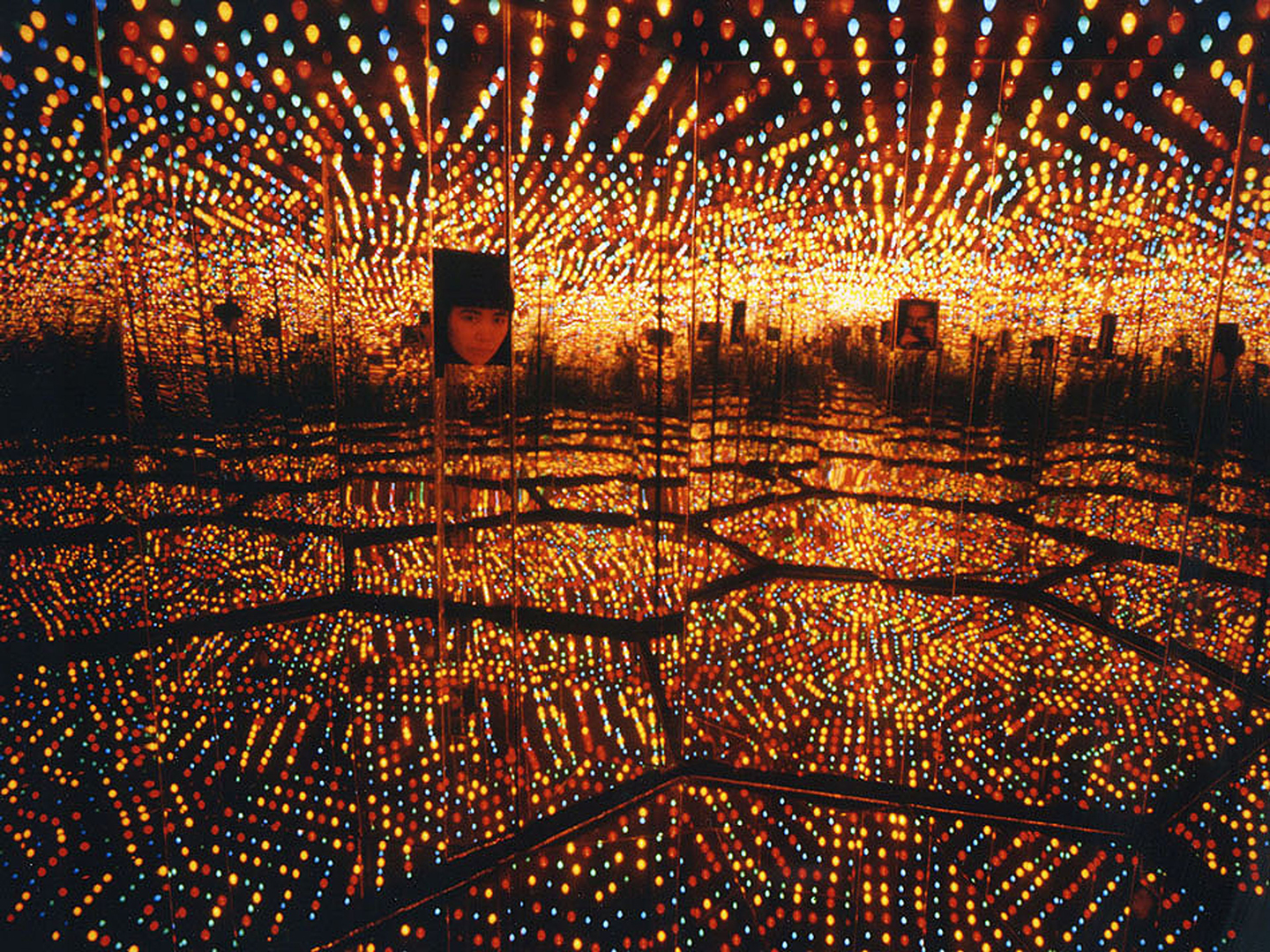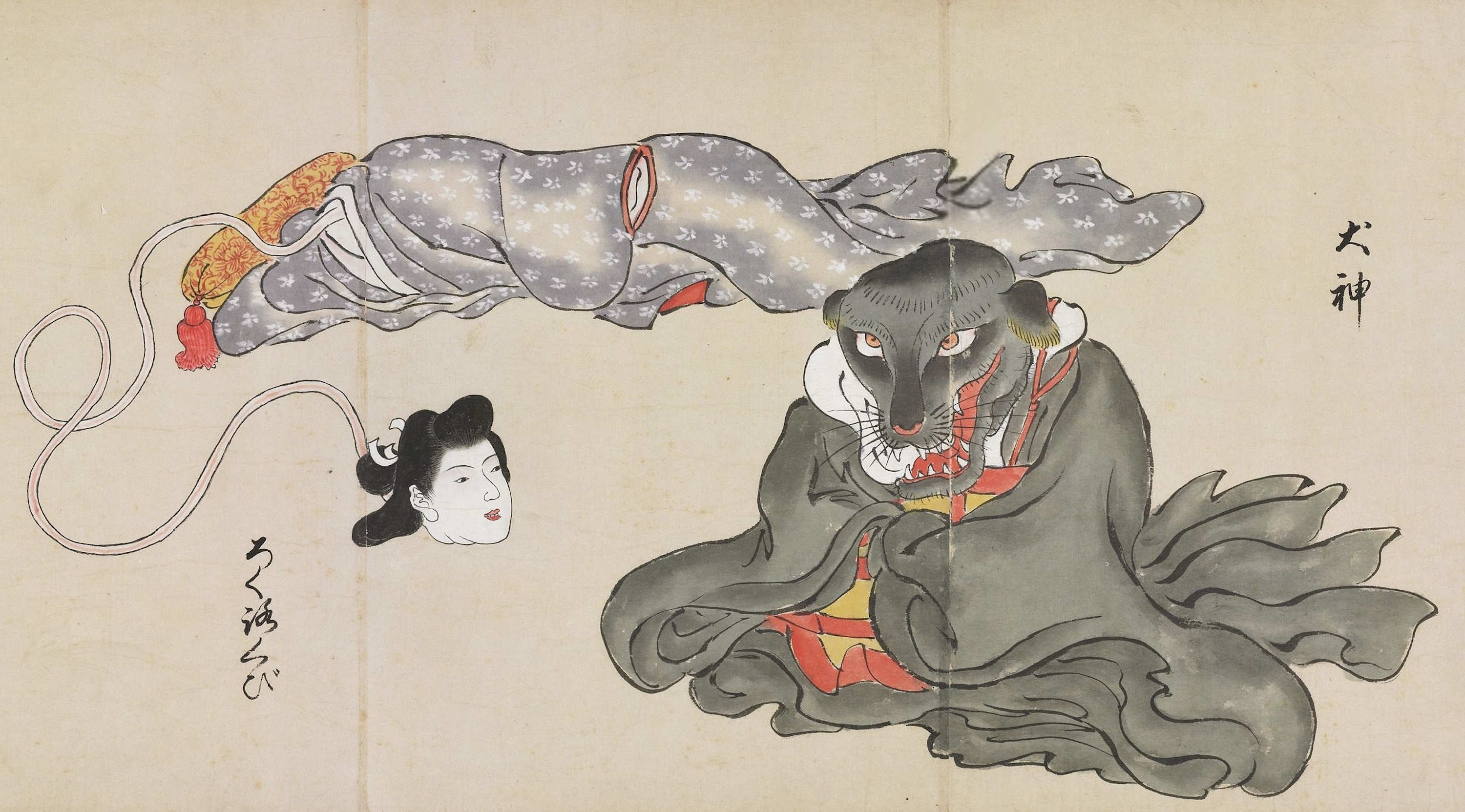I recently found myself telling an artist that her new body of work was “insubordinate.” I hadn’t premeditated the phrase, and I was surprised by it. It seemed like an overblown word to apply to works that were not obviously seditious: modestly sized still life paintings in oils. So conventional were the set-ups, in fact, that my first response had been to file these paintings away under headings established by critics long ago. But the paintings were much stranger than they first appeared. The more I looked at them, the more they slipped free of the prefabricated structures of meaning that laziness superimposes onto any object (or person) bearing the most superficial resemblance to any other category of objects (or people).
Perhaps, I came to think, these paintings were insubordinate because they worked against the expectations established by their form. They were not armed uprisings against the dominant order so much as a subtle form of industrial action: a go-slow, perhaps, or factory line sabotage. Here was the same logic of a subversive film designed to escape the attention of censors: abiding by conventions only in order to undermine them. Or the novelist who, having been told her plots are too obscure to be published, successfully reboots her career by dressing up a story about patriarchy and the death drive as an erotic thriller set around a swimming pool. At a time when so much art is narrativized—marketed, packaged, sold—around its legibility in regard to an explicitly stated political struggle or personal trauma, I was struck by how little these paintings advertised their insurgency.
It’s impossible to work in this field, at this moment in history, without at least reflecting on how art is subordinate to power and how it might not be. This is especially the case when the rhetoric of political disruption and cultural insurrection has so effectively been reclaimed by those who would channel that anger towards the dissolution of those institutions that protect the most vulnerable. This isn’t to say that modestly sized still life paintings in oils are the only way to work against tyranny, but rather that not all art against tyranny declares itself as such.
A number of our recent and forthcoming reviews consider how artists are adopting strategies such as denial, negation, and withdrawal to protest against systems that can sometimes seem to assimilate, neutralize, or marketize dissent. Others ask whether a work must now be unambiguous in its politics given the parlous state of so many democratic societies, or whether the freedom to be ambiguous must itself be protected against authoritarianism. A piece on the sacred institutional cow of American Minimalism reflects on how even the “purest” forms of art recapitulate the structures of money and power that support them, and whether and by what means that can be avoided. Everyone has their own position on these questions, and putting them together is some part of the point of a publication like this. The only certain thing is that artists push against the limits of what is possible or permissible in ways that don’t always correlate with the rhetoric or expectations surrounding them. Sometimes you have to look harder.
Each month, to accompany the editors’ letter, we publish a photograph from an artist’s place of work. This month we feature Maha Maamoun, a Cairo-based artist who works with photography, text and video. She is co-founder of the independent publishing and curatorial platform Kayfa ta.










